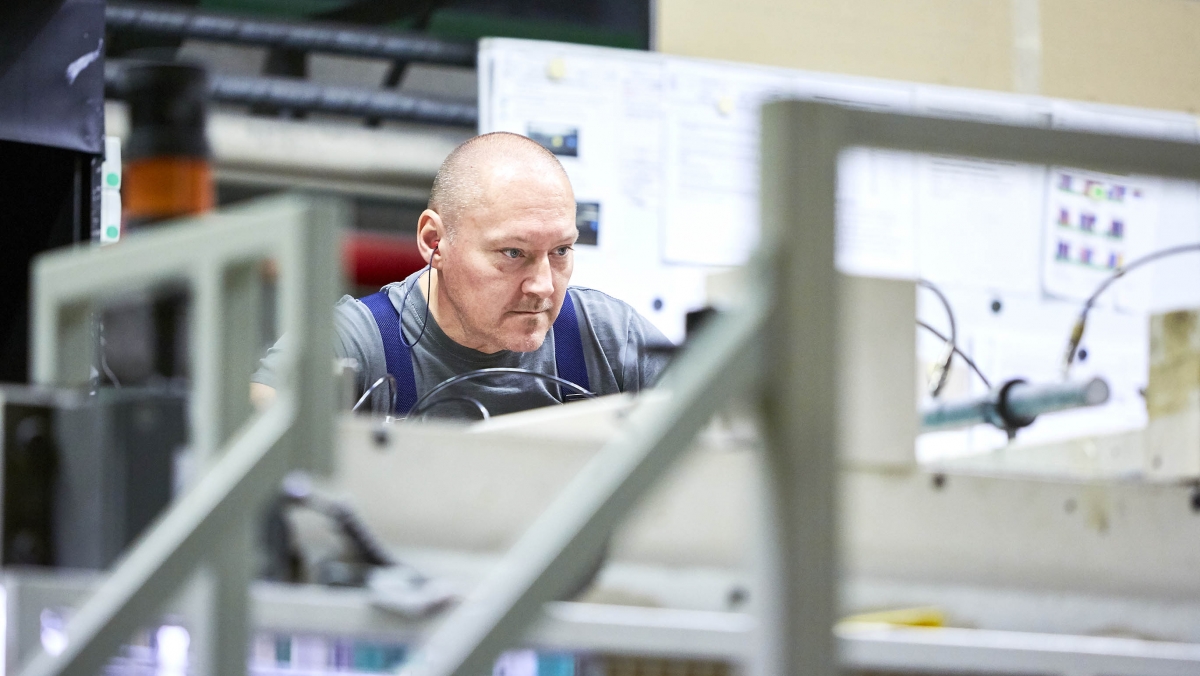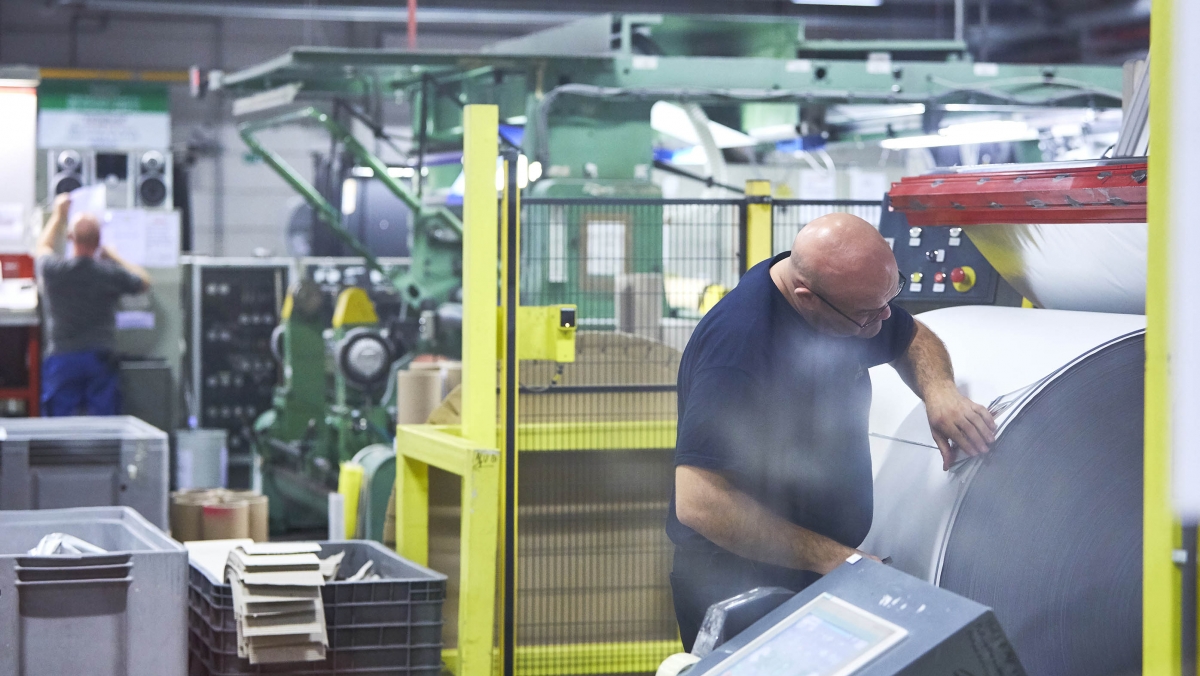Changing perceptions of paper
Paper is one of the most inherently sustainable materials that exist today, but outside of the paper, pulp and packaging industry, it’s perhaps fair to say that people aren’t always as well-informed of the ecological advantages as of paper as a sustainable material as we are. So how can the supply chain help change the perceptions of paper?
Changing perceptions of paper
Here at Nissha Metallizing Solutions, we are passionate about our products, and about paper. Not just because we’re proud of the technical and visual benefits of our portfolio, but also because of the eco-friendly elements of our paper products. We also believe though, that changing perceptions of paper - particularly at the level of the consumer - is important, and a trend every player in the supply chain should be actively involved with.
After all, paper is one of the most inherently sustainable materials that exist today, and as experts, we’re hyper-aware of the benefits of paper when thinking about recyclability, re-use and eco-friendliness. Outside of the paper, pulp and packaging industry though, it’s perhaps fair to say that people aren’t always as well-informed of the ecological advantages as of paper as a sustainable material as we are. So what’s set the tone for that sentiment, and how – as an industry – can we change the narrative going forward?

Overcoming bias
Even until relatively recently, the general public has perhaps been sceptical of paper because of the negative publicity that surrounded long-term, high-impact, unsustainable foresting practices that used to be the norm and that captured public attention in the 1950’s. Despite the significant shift towards sustainable forestry practices after the mid to late ’90s, consumers continued to be worried that any foresting of trees for paper production continued to significantly damage the planet. It was a worry that continued long after this ceased to be the case if wood was taken from certified sustainable forests.
So what’s the problem?
Today, consumers sometimes associate sustainably-sourced paper with what we know to be unbleached paper. Hand towels for public restrooms or kraft papers are a great example, because, of course, not all paper needs to be top-quality. The issue is that consumers – for whatever reason – think that this paper is more eco-friendly than other counterparts, especially bleached and speciality papers.
There’s particular trepidation that surrounds premium-look and speciality papers. What we see in general is that because the product looks so good, there is some consternation in the public sphere about how such great looking products can be eco-friendly and sustainably sourced.
Happily, consumers are becoming more informed about paper sources, just as brands are looking to work with sustainably sourced papers. Two Sides, (a non-profit, global initiative which actively promotes the attributes of print, paper and paper packaging) estimate that European forests have grown at the equivalent rate of 1,500 football pitches a day in the decade between 2005 and 2015. As consumer desire to see more sustainable packaging materials become mainstream, we may expect also a better understanding of how and why paper is a fantastic sustainable material.

Helping change perceptions
Paper is only going to become more popular, and demand is set to increase, especially with the continued rise of e-commerce and the need for sustainable packaging in high-growth areas like cosmetics and food and beverages. Bringing consumers fully on-board with paper products, however, will be critical to the continued success and desirability of paper as a renewable resource well into the future.
Because consumers don’t always understand the ins and outs of the industry and its processes, lack of knowledge and unanswered questions can lead to a feeling that paper isn’t as sustainable as it is.
Take the need for virgin fiber to create good-quality recycled paper as an example. The general public can assume that there’s enough paper in the world to create a continually perpetuating source of paper, and they therefore, don’t comprehend why trees still need to be farmed and cut down. As experts at Nissha Metallizing Solutions, we inherently understand the role of trees, and how beneficial paper can be as a sustainable and recyclable material and we believe we all have a role to play in helping people understand the benefits of paper as a sustainable material.
Knowledge sharing
Sharing knowledge, therefore, will be vital in shaping the future of paper. Education and thought leadership is something that needs to come from all players in the supply chain. It is something that we are fully committed to here at Nissha Metallizing Solutions. Helping the general public understand the advantages of using paper in an increasingly circular economy is important and is not a burden that should solely be shouldered by brands – we all have a part to play.